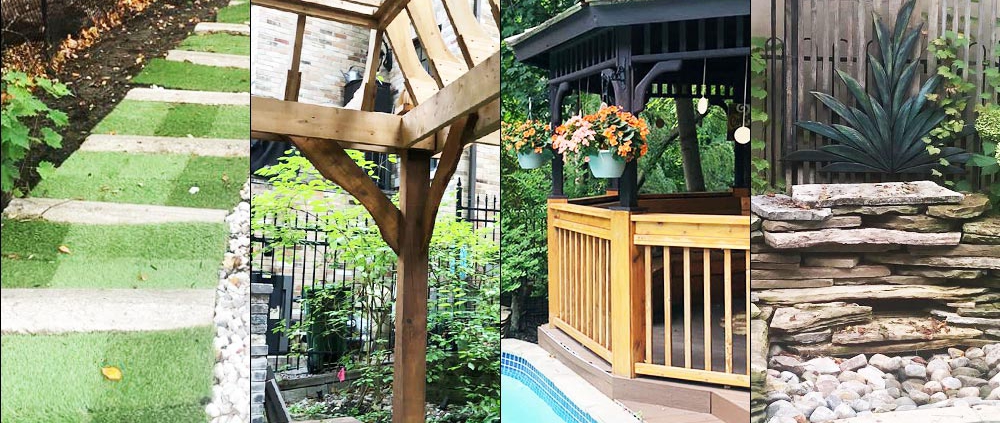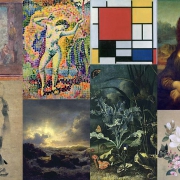About Landscape design by Faraz Razaghi
“About Landscape design” by “Faraz Razaghi”
Landscape design is the art of orchestrating and organizing the features of an area of land for aesthetic as well as functional reasons. It is mainly partitioned into two significant components: hardscape (the nonliving components, like pavers) and softscape (the living components, like trees).
Landscape design is comprised of four major concepts:
- Unity (harmony)
- Balance
- Proportion
- Transition
Unity is the compelling utilization of elements in a design to convey a theme. Unity is accomplished by executing a plan reliably over a scene through mass planting or repetition. Though balance is a term of examination between two parts of a landscape, unity relates to the general image of a landscape. Unity has been accomplished when the watcher detects that every one of the singular elements of a landscape fit together to shape a coherent theme. One the main specifications presented in Faraz Razaghi’s works, is the soul of unity through the elements of his designs.
Having the unity in mind, one must remember to keep every segment in proportion. Proportion is the sense or prerequisite that the size of the one or a set of components in a landscape fit into the entire landscape delicately. One method for accomplishing proportion is through appropriate utilization of transition applied to the size of each component. A landscape that neglects to convey great proportion is one that is damaged by sudden transitions.
Transition is the continuous change accomplished by the control of the fundamental design elements of scale, line, color, form and texture. We shall stay away from sudden transition unless we aim at accomplishing specific effects. For instance, if the color of flowers changes as you move between different segments of the yard, there is cohesive whole which conveys a sense of well-ordered transition. It is widely believed that an effective transition is created and improved through adding appropriate landscaping to a huge space and separating it into segments that could be smoothly sensed by the viewer. Here are a few more of these concepts:
- Plant form
- Plant texture
- Line
- Color theory
- Focal point
About Landscape design by Faraz Razaghi | Plant form
The most durable nature of a plant is its form. Usual plant forms have created and standardized, as form is the most harmonious and noticeable trait of plants. massing of plants is by far another method through which form can be made, where the overall mass makes dissimilar form in comparison to a singular plant. A well-organized form which differs in terms of contrast with the other forms leaves by far better emphasis in the composition keeping in mind that too many contrast might create confusion.
About Landscape design by Faraz Razaghi | Plant texture
Texture is defined as how coarse or fine the outer layer of the plant or hardscape material feels as well as looks. The aim of using texture is to present contrast, variety and interest. What determines the texture of the plant is the size and the shape of the leaves. A plant can commonly be depicted as having a coarse, medium, or fine surface.
About Landscape design by Faraz Razaghi || Line
Line in the landscape is made by the sharp edge or boundary between two materials, or the silhouette outline of a three-dimensional form. Lines are of paramount importance in designing because they are considered as amazing tools for a designer in making a limitless type of forms and shapes, and they also assist the eye and the body movement.
About Landscape design by Faraz Razaghi | Color Theory
Color in plant material and hardscape changes up the landscape and is the most obvious component in the landscape and is typically the focal point of most property holders; in any case, it is likewise the most impermanent component, generally enduring half a month a year for individual plants. Color theory maneuvers on the relationship of colors for one another and the way they are supposed to be used in a composition. The essential color plans are monochromatic, analogous, and complementary.
About Landscape design by Faraz Razaghi | Focal point
Focal point is generally referred to a spot where the eyes of the viewers are drawn to at the first sight. Amongst the best things that a good focal point can bring about, there are points as follows: it guides you where to look first. It makes the surroundings more intensifying and it as well inspires the viewers as they are attracted to your design.
The basic idea of landscape design is the idea of problem solving by applying the horticultural science, artful composition, and spatial organization in order to build impressing and functional landscapes for various places. The elements such as form, line, color, texture, unity etc. are used to create spaces and connections between them which in turn will undoubtedly and profoundly influence on the viewer’s eyes.
by Farza Razaghi


